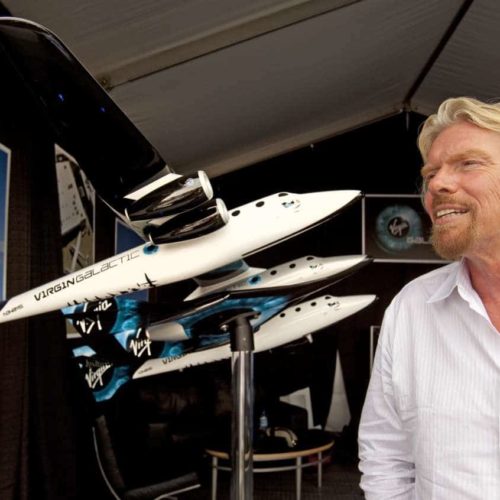Introduction
Traditionally, the commercial space industry meant launching satellites for business. Increasingly, it is being defined as human space travel open to the public. In 2004, five manned commercial spaceflights were launched, and since then, both public and private funding has poured into the research and development of commercial space tourism.
The Federal Aviation Administration, which is recovering from a spate of bad publicity from napping or distracted air traffic controllers, is responsible for licensing and monitoring commercial space launches and commercial spaceports, along with promoting the emerging industry.
Companies are currently developing spaceports— launch and reentry sites—to accommodate anticipated space tourism flights, and states are rolling out economic incentives. In June 2010 New Mexico provided $190 million to construct a spaceport and Florida provided over $500 million in new space infrastructure development. The FAA has granted $500,000 to four spaceports in 2010.
FAA’s increasing responsibility is reflected in its 2012 budget request. Administration spending for commercial space transportation was 75 percent higher than the $15 million in 2010. The FAA also plans to increase staff by 45 percent and is allotting an additional $5 million for its space incentives award program.
The FAA faces a variety of challenges, like determining the appropriate safety regulations for different types of commercial space vehicles, operations and launch sites. Potential also exists for conflict of interest within the FAA, due to its dual role as safety regulator and industry promoter.
A Government Accountability Office review found that the FAA has not developed indicators to monitor the safety of the developing space tourism sector or determined when it will need to regulate commercial human space flight. The FAA has said it would start collecting and analyzing data about accidents and system failures once launches with passengers occur.
The FAA is currently reviewing NASA’s space launch rating system and the FAA’s Office of Aviation Safety aircraft certification to develop regulations on human spaceflights. GAO also expressed concern that FAA’s flight experience is limited due to its focus on unmanned launches of satellites using expendable launch vehicles, not human space flight.
Industry officials are concerned about the suitability of FAA safety regulations for commercial spaceports and stressed that safety regulations need to be customized for each spaceport to address different safety issues, like different orbital trajectories and differences in how vehicles launch and return to earth.
A big question still hanging over government regulators: who will regulate the vehicles once they are in orbit? FAA licensing applies only to vehicle launch and reentry operations and NASA is still determining whether it will exercise its own launch authority for commercial human spaceflight.
“While FAA has safety oversight responsibility for the launch and reentry of commercial space vehicles, agency officials told us that no federal entity has oversight of orbital operations, agency officials told us that no federal entity has oversight of orbital operations, including the collision hazard while in orbit,” the GAO said.
FAA has been in a defensive crouch in recent months after several air traffic controllers were caught napping, talking on the cell phone or otherwise performing poorly, including one incident involving a plane carrying first lady Michelle Obama.
FAST FACT: Last year, NASA entered into several agreements which will provide $50 million in financial and advisory assistance to private companies developing spacecraft for human spaceflight and just announced another round of agreements worth $269 million. The U.S. government is also providing catastrophic loss protection to cover liability claims for up to $1.5 billion.
Read more in Accountability
Accountability
Black Missouri teens increasingly tried disproportionately as adults
Stats keep jumping despite state protections designed to avoid disparities


Join the conversation
Show Comments